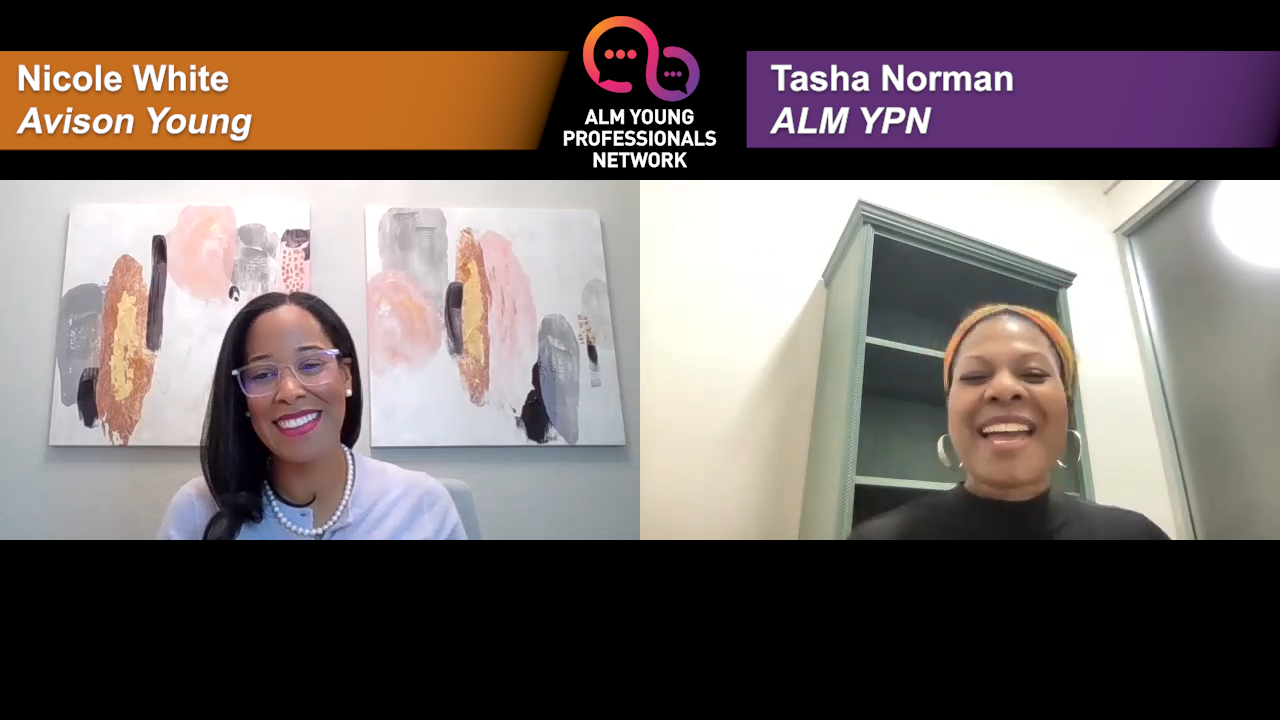SAN FRANCISCO—On balance sheets, leaseholds are typically viewed as corporate liabilities. While this may be true in most markets and cycles on a constant basis, in the current San Francisco office market, the case can be made that leaseholds are an asset, particularly when a merger or acquisition occurs. That is according to Mark Gedymin, an office specialist with TRI Commercial/CORFAC International in San Francisco, who GlobeSt.com recently chatted with on the topic.
GlobeSt.com: Why can you assert that leases can be viewed as assets when they typically are considered a company liability?
Mark Gedymin: In M&A, acquirers are buying technology and talent, and the talent needs a place to work. Some might consider it to be the tail wagging the dog, but today's tech workers clearly have a voice on where they are willing to work, not just prefer to work. In addition, companies that buy other technology companies increasingly consider the location and lease obligation to be part of the acquisition.
GlobeSt.com: How prevalent is this trend?
Gedymin: We've seen this time and time again, with Silicon Valley companies such Adobe, Google and probably more than a dozen others buying San Francisco companies that stayed in place in the City. For example, Nokia bought a mobile analytics firm that I represented on Brannan Street and as far as I know they completed their lease obligation rather than moving to the Nokia at the time.
GlobeSt.com: What are some other reasons why company acquirers might want to keep the newly acquired businesses in the same place?
Gedymin: The three primary reasons are recruitment, retention and cachet. Just as companies need a Silicon Valley presence to be in the mix, companies want a San Francisco location for public perception. Moreover, and like some other U.S. urban centers, San Francisco has a very good public transportation system; it can't be over-stated how important this is to techies.
On the business side, there is substantial upside for maintaining an existing lease when one company buys another. For several years in a row San Francisco rents have increased 8% to 14% year-over-year. Finding a new location becomes a pricey proposition compared with scheduled, annual bumps that are more likely to be 2% to 3% a year.
GlobeSt.com: We've talked mostly about occupancy from a tenants' perspective. Are there any upsides for landlords?
Gedymin: Sure there are. For one, they get a “better tenant” that is probably more credit-worthy than many startups and venture-backed companies. And assuming the parent company continues to grow and for reasons previously stated, wishes to maintain a San Francisco presence, that landlord has an opportunity to build a relationships with its tenant and perhaps expand them if that opportunity were to arise. In other words, landlords have the lead on retention, which is usually the case in most market cycles.
© Touchpoint Markets, All Rights Reserved. Request academic re-use from www.copyright.com. All other uses, submit a request to [email protected]. For more inforrmation visit Asset & Logo Licensing.







